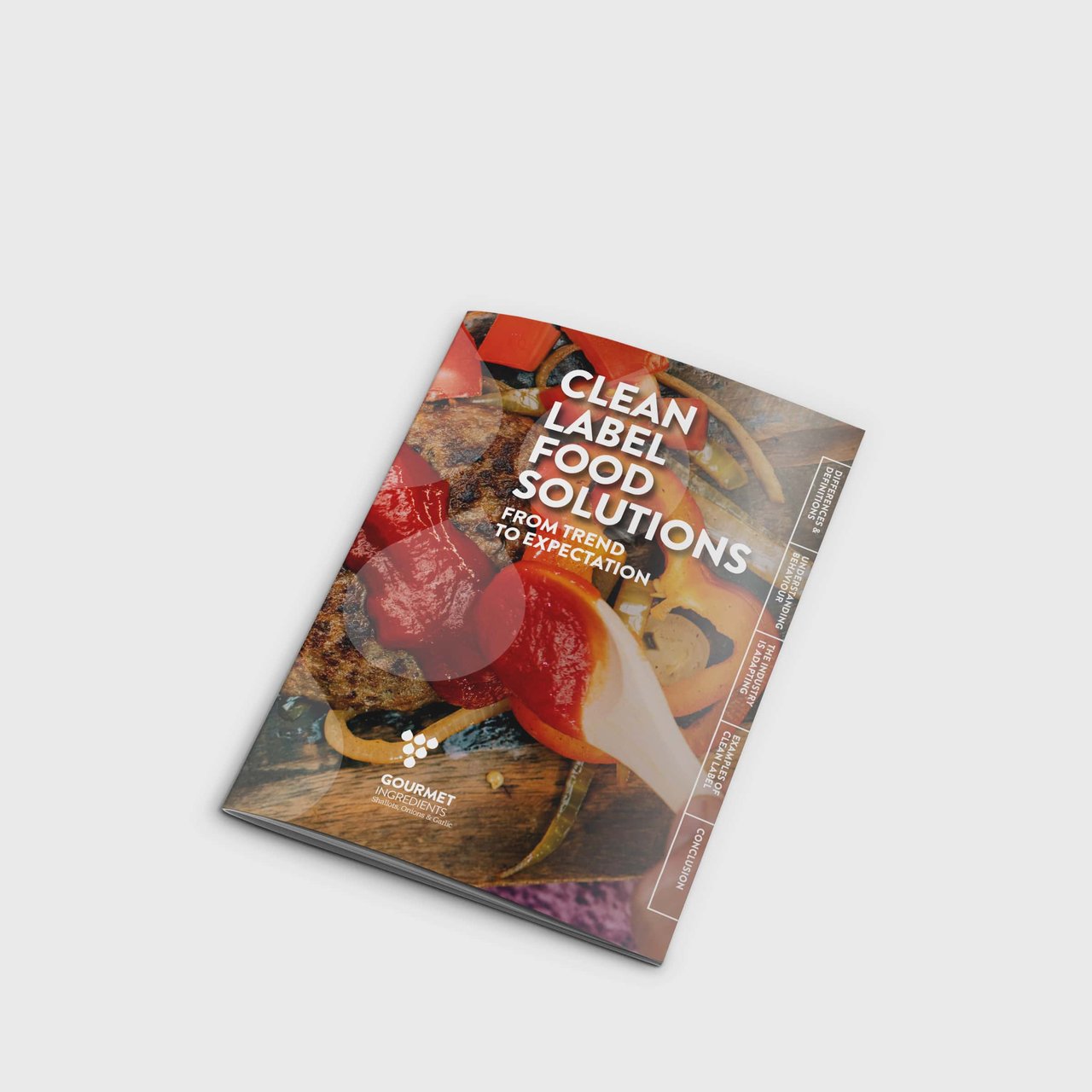The alternative to soy sauce Google won’t tell you about
Sushi, dumplings, fried rice dishes, teriyaki tempeh or sticky chicken kebabs with sesame sprinkled all over them – they all have a common condiment denominator: soy sauce. A flavourful ingredient, often served in a tiny white porcelain bowl, making the food you dip it in, crave-worthy.
But for food lovers with gluten intolerance (roughly 0.5% of the adult population worldwide) or the ones who need to watch their sodium intake, soy sauce is off limits. Google suggests quite some alternatives, but most of them will still have either wheat, traces of wheat or high levels of salt. However, there is one possible substitute that the almighty internet seems to have missed. But first, let’s take a look at the origins of soy sauce and how it’s made.
How is soy sauce made?
The roots of soy sauce go way back to ancient China, some 3,000 years ago. Apparently, its distant grandfather was a substance known as “chiang”, and copy cats of the product were developed in Japan, Korea, and Indonesia. The Dutch and Japanese brought soy sauce to Europe through trading in the 1600s. Fact is, the word “soy” comes from the Japanese word for soy sauce, “shoyu”.
This Umami-packed liquid is basically made from soybeans, wheat, salt and fermenting agents like yeast and mould. Yikes? (Wait till you read the chemical production...) The formulation can vary depending on the region, resulting in different colours and flavour. There are two methods of making it: Traditional and chemical.
Traditional Production:
1. Soybeans are soaked in water
2. Wheat is roasted and crushed
3. Both are mixed together
4. Culturing mould is added and left to develop for 2-3 days
5. Water and salt are added and left in a fermenting tank for 5-8 months
6. Mash is laid out onto cloths and pressed to release liquid
7. Liquid is pasteurised to kill bacteria
8. Bottled
In the natural fermentation process, the mould enzymes break down the soy and wheat proteins into amino acids. Starch is turned into simple sugars and then fermented further into lactic acid and alcohol.
For the industry, months of fermentation is way too long. So, the chemical process goes like this.
Chemical Production:
1. Soybeans are heated to 80° Celsius
2. Hydrochloric acid is added to break down proteins in soybeans and wheat
3. Extra colour, flavour and salt are added
4. Bottled
While this process, known as acid hydrolysis, is way faster and cheaper, additives are needed to compensate for the missing compounds from the natural fermentation process. On top, this industrial product contains undesirable carcinogens.
Isn't that interesting, huh?
In Japan, chemically produced soy sauce is not considered as such and therefore can’t be labelled as soy sauce. Other countries do so. The label will read “hydrolysed soy protein” or “hydrolysed vegetable protein” if it’s chemically produced soy sauce.
Onion concentrate - soy sauce without soy & wheat
There are substitutes to soy sauce, however, many of them still either have wheat or soybeans in them. All of them will still have higher levels of sodium or exotic ingredients that are questionable in sourcing. Most common alternatives include Tamari, Worcestershire, Fish sauce, Miso paste, or Maggi sauce.
And then there is the onion. Sustainable to grow and available like sand on the beach. Onion concentrate is not a typical commercial product, yet. However, it makes a flavour ingredient that can easily throw some heavy punches against soy sauce in the Umami-Boxing ring.
Here’s how we make it:
1. Fresh onions are mashed and boiled in its own juice for 3 hours
2. Onion mash is pressed to extract the juice
3. Juice is clarified
4. Clear juice is evaporated under vacuum to produce taste-rich onion syrup
It’s a single-ingredient product. No fermentation. No chemicals. Simply some bright minds at Gourmet Ingredients unlocking the versatile plant powers of this vegetable.
Here’s how onion concentrate is winning by points against soy sauce:
• Lower in sodium
• Allergen-friendly
• Sustainable ingredients
• Comes in broad flavour range (mild to strong savoury taste, or even sweet)
• Long shelf life
• Comes in broad range of viscosities (flow characteristics)
• 100% water-soluble = easy to clean
• Sustainable (Soy production contributes to deforestation)
So, Google probably won’t tell you about onion concentrate as an alternative to soy sauce, because it’s not a typical consumer product. Maybe it’s high time to change that. However, onion juice in all its varieties that we produce at Gourmet Ingredients, is a perfect ingredient for food manufacturers and countless applications. Like you can read here, for sugar-free Ketchup.
References
https://www.purewow.com/food/substitute-for-soy-sauce
https://thekitchencommunity.org/soy-sauce-substitute/
https://www.healthline.com/nutrition/is-soy-sauce-bad-for-you#TOC_TITLE_HDR_2
https://www.newfoodmagazine.com/news/115778/study-reveals-why-wheat-and-gluten-intolerance-is-becoming-more-common/






